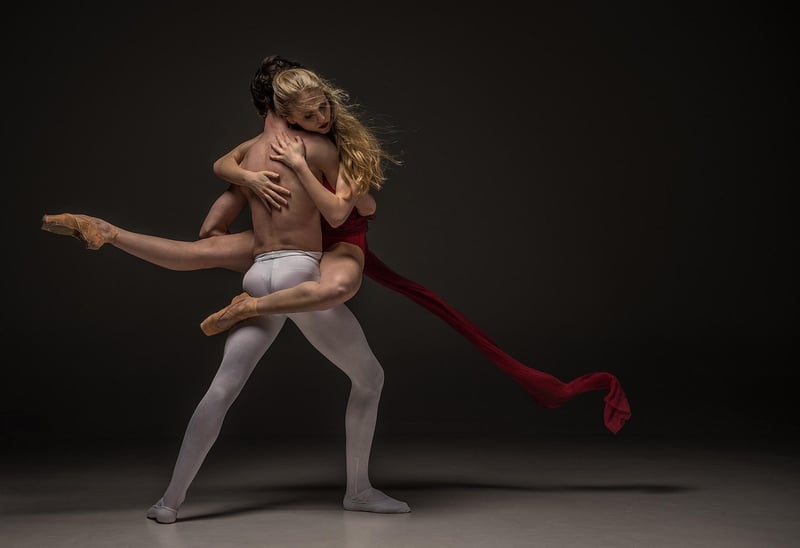Hip Hop
The Power of Expressive Movement in Hip Hop Culture

Hip Hop culture is not just about music; it's a lifestyle that encompasses various elements, including dance. One of the most captivating aspects of Hip Hop dance is the expressive movement that artists use to tell stories, convey emotions, and connect with their audience.
History of Expressive Movement in Hip Hop
Originating in the Bronx, New York City, in the 1970s, Hip Hop dance emerged as a form of self-expression for marginalized communities. Dancers used movements influenced by a mix of African, Caribbean, and Latino dance styles to create a unique and powerful art form.
The Art of Freestyle
One of the hallmarks of Hip Hop dance is freestyle, where dancers improvise movements in response to the music. This form of expression allows dancers to showcase their creativity, individuality, and connection to the music in real-time.
Embracing Authenticity
In Hip Hop culture, authenticity is key. Dancers use their movements to express their personal stories, struggles, and triumphs, creating a genuine connection with their audience. Whether it's through intricate footwork, fluid body isolations, or powerful gestures, every movement has a purpose.
Impact on Pop Culture
Over the years, Hip Hop dance has transcended its origins to become a global phenomenon. From music videos to dance battles to stage performances, the expressive movement in Hip Hop has influenced mainstream pop culture and inspired dancers worldwide.
Conclusion
Expressive movement is at the heart of Hip Hop dance, allowing artists to communicate, inspire, and push boundaries through their movements. As the culture continues to evolve, one thing remains constant – the power of movement to transcend language and connect people from all walks of life.
Experience the energy and creativity of Hip Hop dance by immersing yourself in this vibrant art form that celebrates individuality and authenticity.
